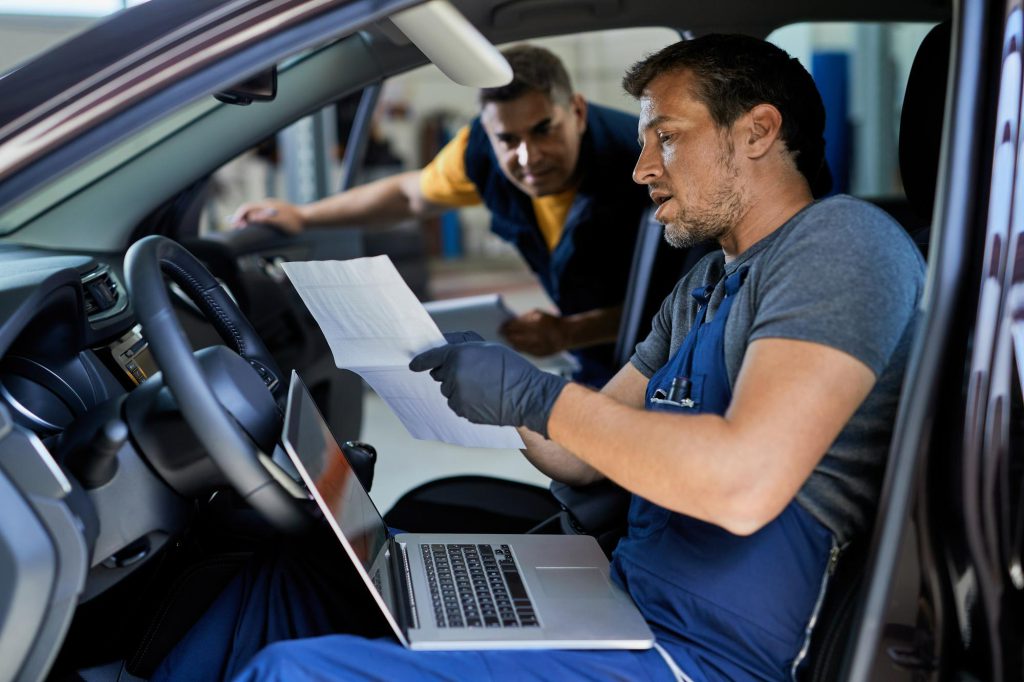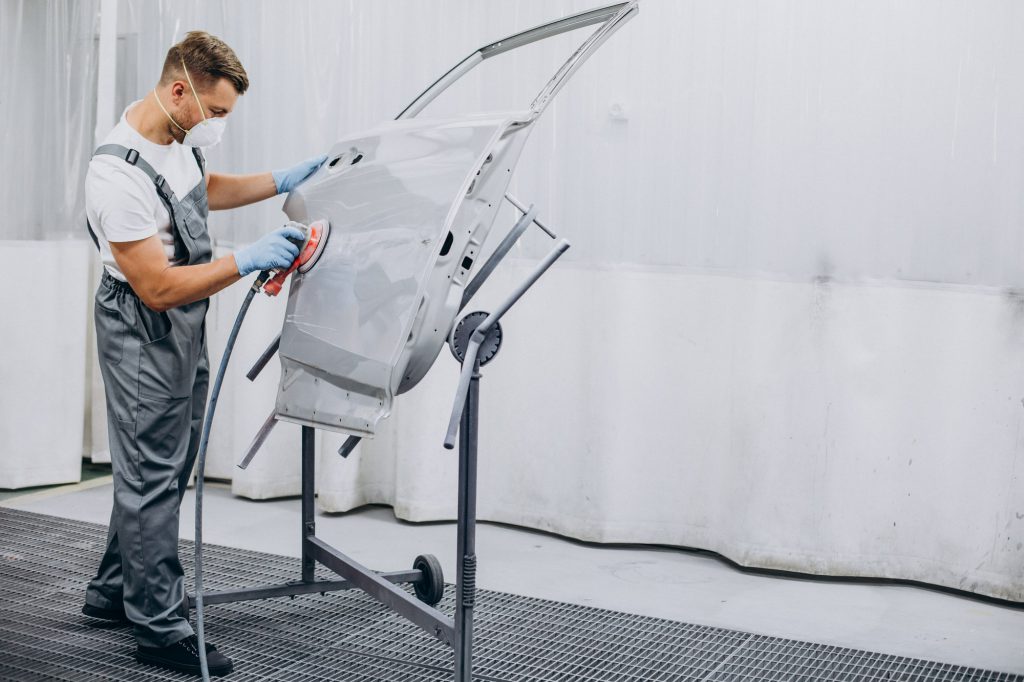
Integration of EdPuzzle for participatory teaching
Designing methodology for integrated didactic lessons with an asynchronous preparation moment that uses the tools of ed puzzles to create interactive videos.
Italy / Fondazione Cfp Padri Somaschi impresa sociale – Como
Delivering effective face-to-face and distance learning lessons that go beyond the face-to-face model and encourage the attention and active involvement of learners by using interactive video.
In February 2020, when the pandemic broke out, the Cfp was closed for about 15 days: there were numerous cases of illness (even severe) among the management and coordination staff. However, the centre was able to respond immediately to the problem of distance learning, as it had individual devices for both trainers and students, platforms and staff who were already digitally qualified. Many teachers were already trained (thanks to an extensive programme initiated and financed by the Lombardy Region) in the use of technology in teaching before the pandemic and were accustomed to using a wide variety of tools.
The Head of Digital Learning (D.B.), with the help of the support team (4 internal professional educators + some external ones from the municipality) codified a methodology of intervention (see Pedagogical approach and resources), which was then shared with the management; subsequently, they promoted a training course for all colleagues to share techniques and tools.
The support team usually takes special care of "certified" pupils (BES, DSA, 104) and has a different sensitivity towards children and learning.
It should be borne in mind that many of the trainers in the very early stages of the pandemic (spring 2020) were in the SIF/Integration Fund (wage guarantee schemes) and therefore on reduced hours.
Since the beginning of the 2020/21 academic year, it has been possible to manage both presence and distance; in fact, pupils with disabilities or with family or other problems (e.g. pupils who did not have an individual device in their family) were able to attend classes in presence: the trainers therefore managed classes with pupils in presence and others connected from home.
As an educational practice I try to work on reality projects or orders. This practice is divided into 4 phases: Conception, Design, Realisation, Verification; in case the verification phase has highlighted critical issues, we return to the "design" and "realisation" phase. The cycle is repeated until the work is ready for delivery.
The face-to-face lessons are kept to a minimum and, above all, are preceded, via the Edpuzzle platform, by a video with the topics that we will discuss in class in which self-assessment questions are included with the aim of helping the students to focus on the key points and to develop their self-assessment skills. Lessons are designed using the logic of Understanding by Design, with the essential questions as the educational core. The assessment of competences is done, not only by analysing the finished product, but also through the production of several artefacts to be presented during the course, according to the logic of Bloom's Taxonomy in its recent revision (wheel and not pyramid).
With the arrival of the emergency, I drew on my previous experience to create a training course that, in practice, did not differ much from the normal course of face-to-face lessons. Each distance learning lesson was a time for discussion and clarification of what my students had learned from the material shared in advance.
At a distance, the 120-minute lesson is organised as follows: 10/15 minutes of frontal lesson on the topic of the day (pupils must have already seen the material shared through EdPuzzle), division into subgroups by level and 60 minutes of work. This structure is aimed at making the pupils responsible. During this time I moved from one group to another and intervened where necessary. In order to have an overview of the class, I was present in all groups at the same time (generally no more than 3/4). At the end of each meeting, pupils had to upload the required product to the Classroom course. I shared this scheme with colleagues, who then customised it according to their own needs. The scheme is also adaptable for 1-hour interventions (see attached scheme which the trainer applies to both face-to-face and distance sessions).
It has been observed that for 1 hour of distance learning at least 2 hours of preparation are needed: for the most inexperienced, this can be a disincentive or a "brake". Maybe also for this reason, some trainers "go back" to the "traditional" frontal lesson. Other trainers go back to using the EdPuzzle platform when the class returns to DAD, as happened in the 2020-21 academic year and is also happening in the current 2021-22 academic year. Still others, like the interviewed trainer, continue to use the technology and the defined approach also in presence.
All subject, in particular we work on Digital competences (IT, educational robotics and digital handicrafts). With regard specifically to the "bodywork" profile, this includes: 3D printing, laser cutting, graphic design/AutoCAD elements, etc.
Between March and June 2020, a simplified approach was favoured. Thus, the content covered with the pupils was basically:
- Google Sheets to also link to other disciplines, especially mathematics with classes 1e and 2e;
- Creation of videos with classes 3e.
The same approach has also been adapted by other colleagues for other disciplines; more complicated of course, also in time, is distance or integrated teaching by lab teachers who prefer "presence". In fact, in the course of the school year 2020/21 they too continued to use videos of their own production or video content already available on YouTube, for everything that was not dealt with directly in presence in the laboratory, but the results were not very satisfactory.
All trainees of the training pathways except those in the "motor vehicle repair" sector, where another trainer is involved. In the case of the present questionnaire, only the trainees of the "body repair" sector are considered, which had 4 classes in the school year 2020/21 (1 class 1a; 1 class 2a + 2a dual; 1 class 3a), corresponding to about 80 trainees, and 5 classes in the school year 2021/22 (the same as the previous year + 1 class 4a), corresponding to about 100 trainees (on average 20 trainees per class). The 4th classes are both regular and dual classes. Three-year-old pupils = EQF3; 4th year pupils = EQF4.
My encounter with Papert's educational theories in 2010 made me aware of how important the combination of digital and skills is. That's why I started a training path that led me to deal with various educational models; specifically, the EAS (Episodes of Situated Learning) of Prof. Pier Cesare Rivoltella (Catholic University of Milan) and the UBD (Understanding By Design) of Prof. Grant Wiggins are those that helped me to better formalise lessons in which digital skills and competences could create an educational environment flexible to generational change and effective in achieving objectives.
As an educational practice I try to work on reality projects or orders. This practice is divided into 4 phases: Conception, Design, Realisation, Verification; in case the verification phase has highlighted critical issues, we return to the "design" and "realisation" phase. The cycle is repeated until the work is ready for delivery.
The face-to-face lessons are kept to a minimum and, above all, are preceded, via the Edpuzzle platform, by a video with the topics that we will discuss in class in which self-assessment questions are included with the aim of helping the students to focus on the key points and to develop their self-assessment skills. Lessons are designed using the logic of Understanding by Design, with the essential questions as the educational core. The assessment of competences is done, not only by analysing the finished product, but also through the production of several artefacts to be presented during the course, according to the logic of Bloom's Taxonomy in its recent revision (wheel and not pyramid).
First of all, there has been generalised training in the use of GSuite and Classroom (about 30 video tutorials are available on YouTube (hidden) and linked on EdPuzzle), including families for access to teacher interviews (which take place on Meet).
More support for pupils. Having the history of lessons (materials + videos) available meant that pupils who had fallen behind could also be caught up. Ex. The complete "Carrozzeria 2019" course is available for class 3 and their teachers, who can also use all the material produced to catch up on "old content".
The outline (pdf file) of the training sessions is also available.
The key element was the presence of staff who were already qualified and experienced: everyone was on average already trained in IT/digital matters: with Generazione Web of the Lombardy Region since 2013, which allowed both a large investment in technology and then also in staff qualification (digital teaching).
Another key to success: the enthusiasm with which the staff to a great extent threw themselves into this initiative. With the management blocked by Covid, the staff reacted from below and the management then validated approaches and tools.
The practice could be reproducible and scalable. The criteria for success and the limits are also the requirements. They are fundamental:
- the motivation of the trainers
- their qualification also on digital
- knowledge of the underlying pedagogical models.






